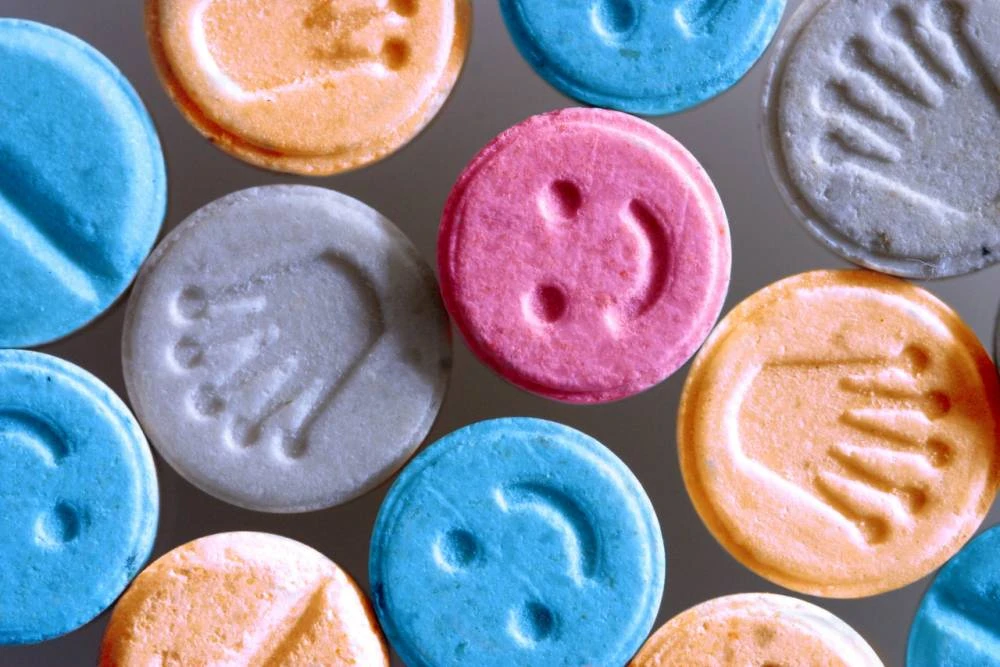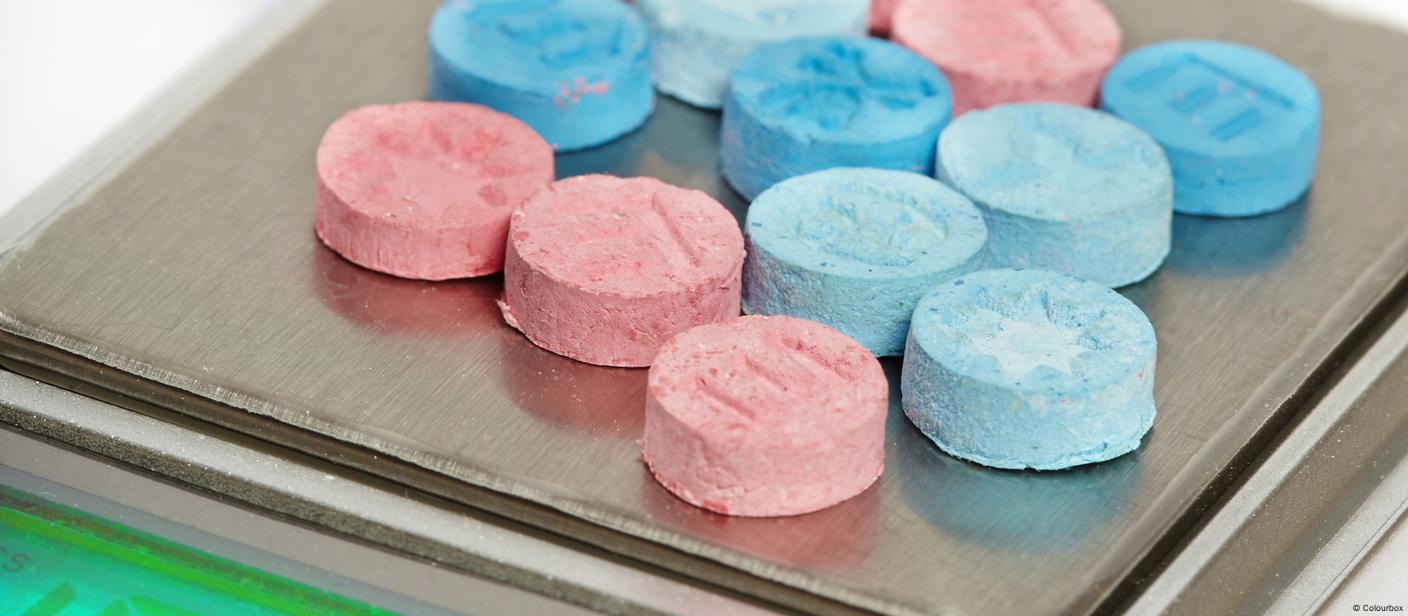
MDMA, also known as ecstasy or molly, is a synthetic drug that alters the user’s mood and perception. It is a psychoactive substance that has gained popularity in recent years due to its euphoric effects. In this article, we will discuss the history, chemistry, effects, and risks associated with MDMA.
History of MDMA
MDMA was first synthesized in 1912 by the German pharmaceutical company Merck. However, it wasn’t until the 1970s that MDMA became popular as a recreational drug and people started to buy mdma. At this time, it was used by therapists to treat patients with anxiety, depression, and PTSD. MDMA was also used in the 1980s and 1990s in the rave and dance scene.
Chemistry of MDMA
MDMA is a synthetic compound that is chemically similar to both stimulants and hallucinogens. It is structurally similar to amphetamines, which are a group of drugs that includes methamphetamine and dextroamphetamine. MDMA works by increasing the levels of serotonin, dopamine, and norepinephrine in the brain, which can produce feelings of euphoria, empathy, and energy.
Effects of MDMA
The effects of MDMA usually last for three to six hours. Users may experience a range of emotions during this time, such as heightened senses, increased sociability, decreased anxiety, and a feeling of connection to others. MDMA can also cause physical effects, such as increased heart rate, blood pressure, and body temperature. Users may also experience jaw clenching, teeth grinding, and dehydration.
One of the reasons why MDMA is popular is its ability to increase feelings of empathy and emotional openness. This can make users feel more connected to others and can enhance social interactions. However, the use of MDMA can also have negative effects, such as anxiety, depression, and paranoia. In some cases, users may experience hallucinations or psychotic episodes.

Risks associated with MDMA
MDMA can be a dangerous drug, particularly when used in large doses or in combination with other substances. Overdose can occur, leading to a range of serious symptoms such as seizures, high blood pressure, and even death. MDMA can also cause long-term damage to the brain, such as memory impairment and cognitive deficits. Prolonged use of MDMA can also lead to addiction and withdrawal symptoms when the drug is no longer used.
MDMA is often sold illegally, and users may not know what they are actually taking. The drug can be cut with other substances, such as methamphetamine, caffeine, or even rat poison. This can lead to unexpected and potentially dangerous effects.
Conclusion
MDMA is a synthetic drug that alters mood and perception. While it can produce feelings of euphoria and empathy, it can also be dangerous and has been associated with a range of negative effects. The use of MDMA should be approached with caution, and users should be aware of the potential risks and consequences associated with its use. If you or someone you know is struggling with substance abuse, it is important to seek help from a medical professional or addiction specialist.






